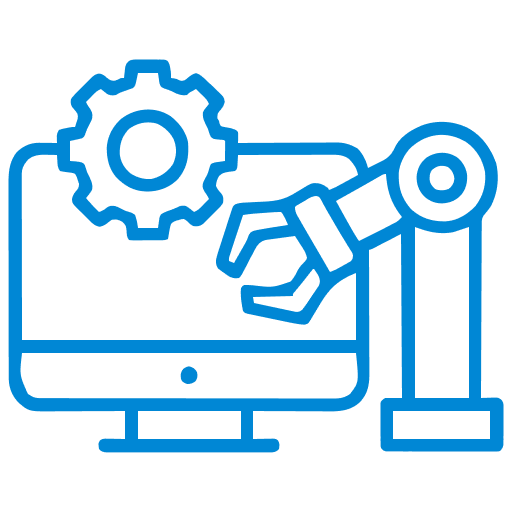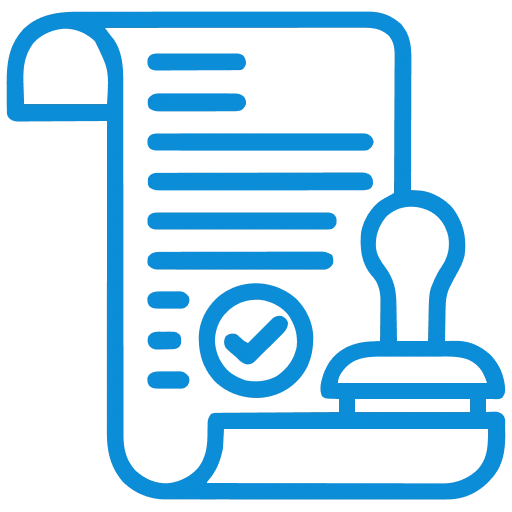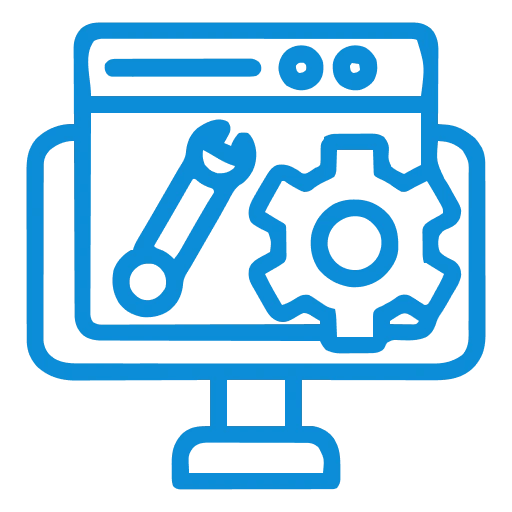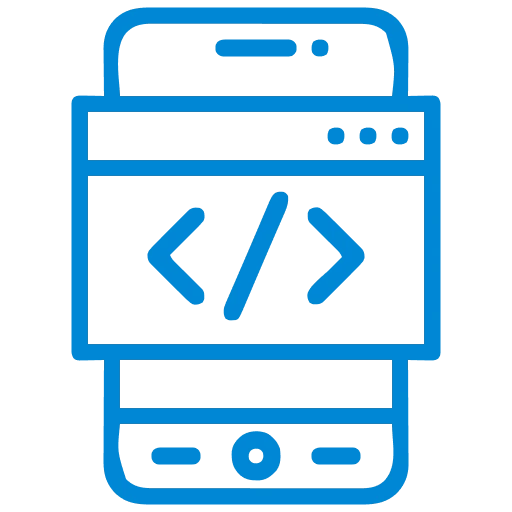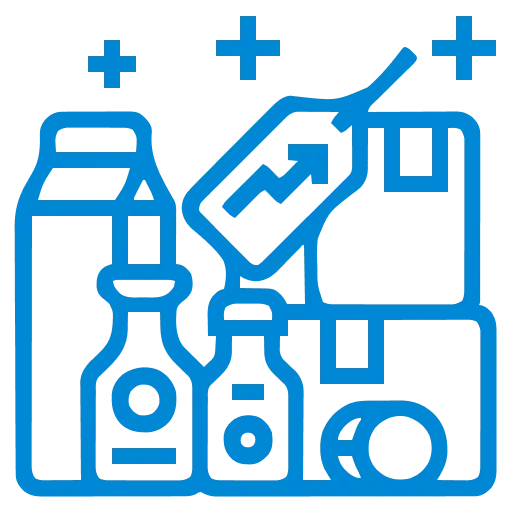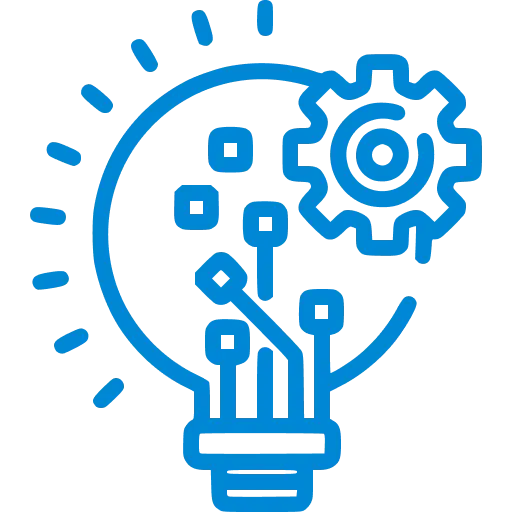Unleash the Mojo of Robotic Process Automation
WRITTEN BY
If you have been in the pause, restart, semi-pause mode since the outbreak of the pandemic, you would know the journey to the “next normal” wouldn’t be possible without Robotic Process Automation (RPA).
Be it energy sector, utilities, finance, healthcare, manufacturing or retail – we know we must now obsess over RPA. In healthcare, for instance, it is RPA that has put COVID-19 testing, integration of health data and clinical trials on the fast track.
Automation is not just about managing repetitive, tedious tasks. It is a well-calibrated combination of conversational AI (bots), intelligent bots, and Machine Learning (ML) that makes process automation the transformational technology of choice. What is of significance to businesses is the leveraging of a bot-human interface or their working together – the attended scenario, as it is called. Companies that are looking to achieve operational efficiencies in this pandemic-scarred world with limited resources, more remote workers, and at lesser costs, cannot be laggards in automation.
The 2 ways in which intelligent automation can be put into play are via:
- Unattended Scenarios – Where the user does not interact with the system at all
- Attended Scenarios – Where both the user and the intelligent RPA work together on the system
Before organizations pivot to RPA, it is important to evaluate whether or not the scenario qualifies for an intelligent RPA implementation. You will be surprised to know, often they do not qualify. And equally important is to evaluate whether it is a case for an attended one or an unattended one. It is vital to have these checks and balances in place before one takes the RPA plunge.
To build in more business resilience ‑ be it for reducing cycle time, improving operations (by mobilizing resources for high-value tasks; preventing long and expensive development), increasing service quality by reducing human errors, ramping up compliance by introducing auto-reporting – it is important for organizations to lean in on RPA. It is the gateway to Artificial Intelligence (AI) that helps understand unstructured data, introduces self-healing bots, and allows legacy systems to talk to the new ones.
Incture, which builds intelligent bots by leveraging SAP Cloud Platform as well as other platforms, has been successful in making this digital transformation journey a seamless one for customers. Incture’s strategy offers ease-of-use from a UX perspective and also from the perspective of an operating model that evaluates, builds, deploys, and makes it a sustainable journey.
Some of the moot points evaluated are:
- Is the task routine and time-consuming?
- Does it require minimal inputs?
- Is the volume of transactions high?
- Are multiple systems involved in its execution?
There can be a range of use cases for automation using RPA. Any industry can unlock the power of RPA in a project that entails the management of huge volumes of a data set. For project maintenance, forecasting and budgeting, users can leverage automation to update project information to a single system. Data is fed into the source system, bots pick it up from multiple sources, consolidate it and then plug it into excel sheets all on their own. If there’s any exception, it gets sent back to the users to work only on the exceptions. So, instead of making, say, 500 project entries in a month, the users can now maintain only the 5 exceptions in a month. Imagine the kind of time saved here!
Another unattended scenario of bot intervention can be in respect of project cost tracking and forecasting where real-time validations and automated data transfers bring ease of managing projects.
A potential area of attended RPA can be in respect of employee offboarding, especially in scenarios where the integration of legacy and new systems is a challenge. This, too, could apply to any industry. Automation allows picking up information from employee repositories, HR approvals while interacting with multiple systems. In all systems where there is no API, a bot logs in as a pseudo-user and performs all necessary actions. It is not a repetitive task, but a task that had to be done by a person with a certain intelligence.
No Results Found
The page you requested could not be found. Try refining your search, or use the navigation above to locate the post.
[1] https://go.forrester.com/blogs/use-these-first-principles-to-succeed-with-robotic-process-automation-in-2020/
About the Author
Honey Gyanani, Senior Director – Digital Solutions at Incture Technologies, has more than 14 years of experience in helping customers in their digital transformation journeys. A digital technology leader, Honey delivers digital programs with a holistic approach, including enterprise application architecture, business process excellence, integration platforming, data platforming, user-centric design, by leveraging core SAP and existing landscapes. He has been instrumental in driving SAP Cloud Platform adoption for our marquee customers, who have won innovation awards for process excellence and technology disruption. He can be reached at honey.gyan@incture.com.
For more information, you can write to us at marketing@incture.com.









